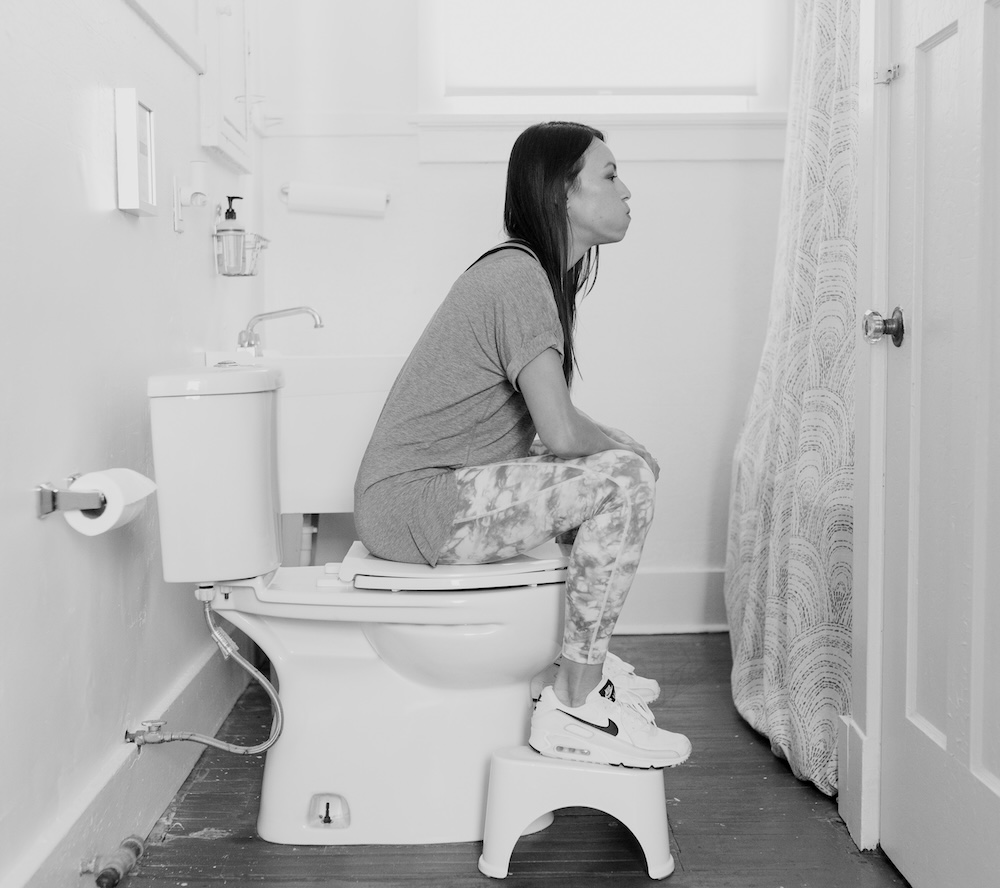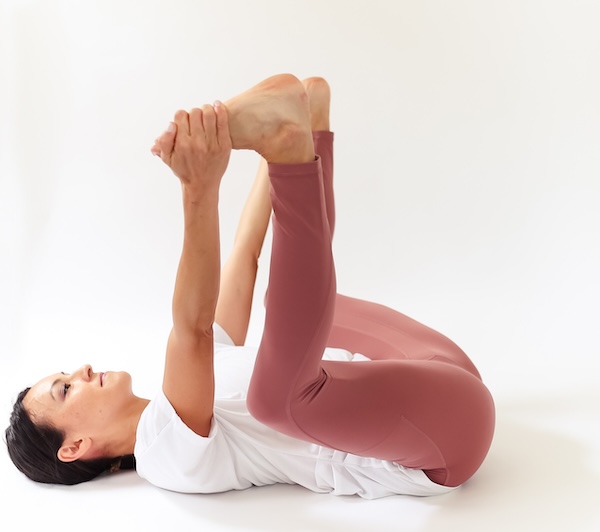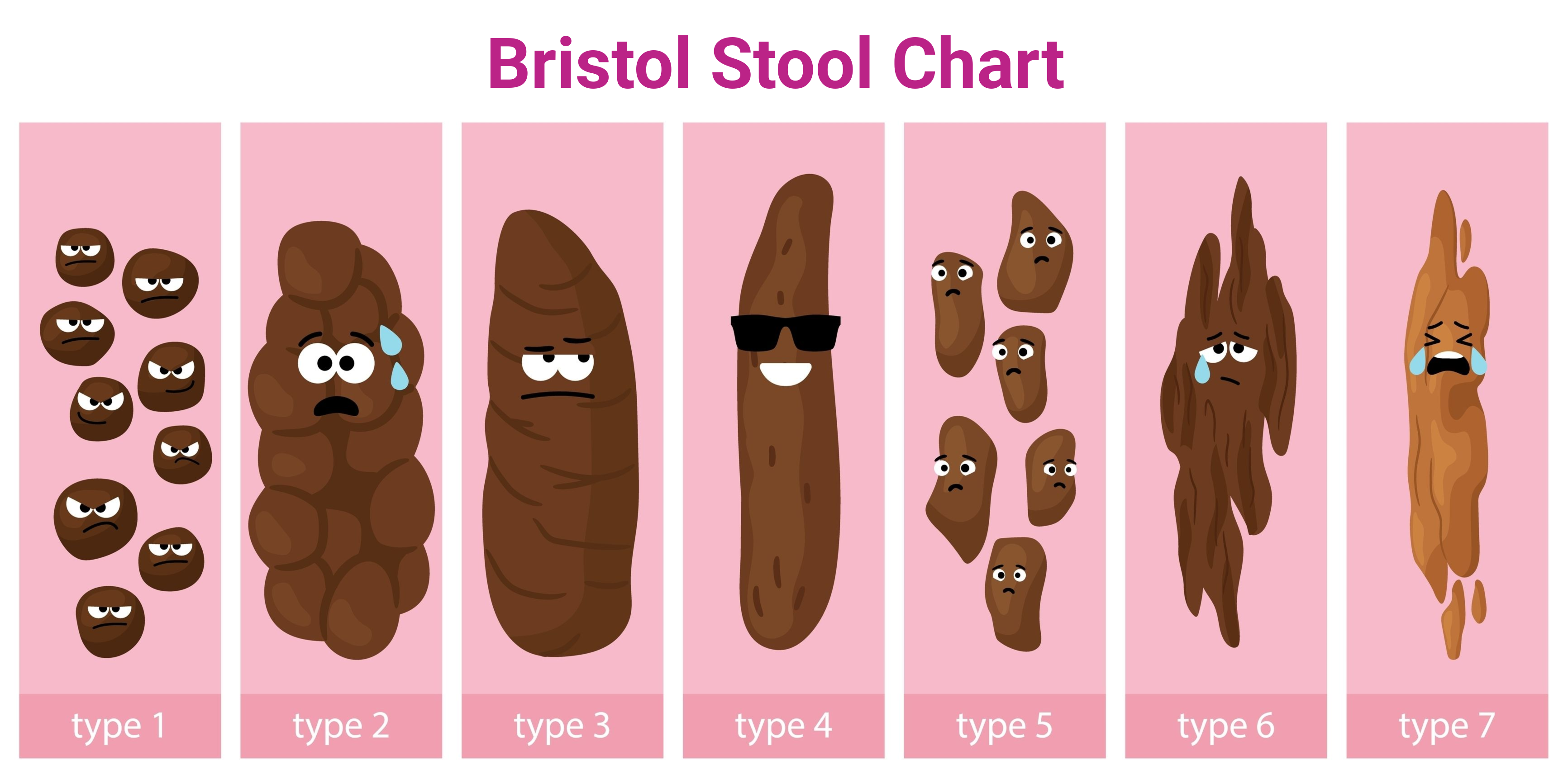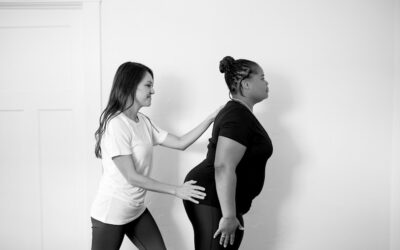Let’s talk about skid-marked underwear. (Yes, really.)
Although skid marks are often reserved for newly toilet-trained toddlers, many grown folks—and their washing machines—face this problem every single day. (You’d be surprised by how many internet searches there are for “skid-marked underwear”!) It’s an embarrassing problem, but it doesn’t have to be forever!
Why do I have skid-marked underwear?
While inadequate or improper wiping can leave fecal matter in your undies, fecal staining or fecal seepage more often occurs for physiological reasons.
Fecal incontinence is the inability to control bowel movements, which leads to accidentally passing stool. The severity ranges from leaking a small amount of poop with farts to losing complete control over your bowel movements.
What causes fecal staining?
Some soiled undies are caused by medical conditions like irritable bowel syndrome (IBS). Whether it’s IBS with constipation or diarrhea, this uncomfortable diagnosis can lead to incomplete emptying that leaves poop behind. Lack of dietary fiber can also cause both loose and hard stools that stick around.
Most people who experience fecal seepage or staining, though, are dealing with pelvic floor dysfunction. Fecal incontinence often occurs in conjunction with menopause, hemorrhoids, or birth injuries like perineal tears or episiotomies.
That’s because your anal sphincter (AKA butthole) is part of your pelvic floor. These muscles can become weak with aging, pregnancy and childbirth, chronic straining, and more. Sometimes pelvic floor weakness is so severe it creates rectocele, a kind of pelvic organ prolapse (POP) where the rectum bulges into the vaginal wall.
So, that’s where fecal staining comes from. Now let’s talk about how to end it!
How to Prevent Skid-Marked Underwear
#1 Practice proper pooping positions.
A great pooping posture helps pass stool more easily. Specifically, elevating your feet so your knees are higher than your hips improves the angle of your rectum, which supports complete emptying.
If you don’t already have one, add a Squatty Potty to your Amazon cart ASAP. A bidet can also help proper clean up, especially if you’re dealing with hemorrhoids or postpartum perineal problems. You might even consider a portable bidet!
You can also treat constipation with pelvic floor relaxation exercises. Try happy baby pose to start:
- Lying on your back, bring both knees to your chest and separate your knees wider than your shoulders. Hold and breathe for 5 breaths.
- To increase the stretch, hold the inside of your ankles instead of your knees, or place your hands on the outside of your feet and bring them above your chest.
#2 Eat well for the right poop consistency.
The optimal stool firmness is a four on the Bristol Stool Chart.
If your poop is too soft (Type 5-6), avoiding dairy products, spicy foods, and greasy foods can bulk up your stool. If you’re all the way on the diarrhea side of the chart (Type 7), try the BRAT diet: bananas, rise, applesauce, and dry toast.
For stool that’s too hard (Type 1-3), increasing your intake of whole foods with plenty of fiber—like fruits and veggies and decreasing your intake of processed foods can help. Prunes can be magic for hard poops along with magnesium citrate.
#3 Drink more water.
As poop moves through your colon, water gets reabsorbed back into the body. So if you’re dehydrated (like most of us are!), your poop can become very hard, dry, and difficult to pass.
A good way to know if you’re drinking enough water is to check the color of your pee. Your urine should be slightly tinted yellow to almost clear and free of cloudiness and odor. It may feel like a lot of water, but your body (and butthole) will thank you!
#4 Keep things clean.
As you’re navigating poop problems, keep things as clean and dry as possible to prevent rashes, infections, and skin irritation. A bidet is an all-time fave to cleanse after bowel movements, then use toilet paper or a soft cloth to pat dry. If you’re on the go, use a nonalcoholic wet wipe, and be sure to pat dry before you pull up your undies.
#5 Exercise your pelvic floor.
Folks with weak pelvic floors are at higher risk for skid-marked underwear. One way to strengthen those muscles is with Kegel exercises.
It’s easy to do Kegels incorrectly, so follow these step-by-step instructions to get the most from your movements.
- Get in a sitting position with your pelvic floor muscles relaxed.
- Inhale.
- On your exhale, lift your pelvic floor muscles like you’re sipping up a thick smoothie with your vagina. Be careful not to use your abdomen, thighs, or butt.
- Hold for 3 seconds, then relax.
- Repeat for 10 reps.
Head’s up: If your skid marks are accompanied by constipation, straining with bowel movements, pencil thin or hard poops, and general rectal pain, your pelvic floor might actually be too tense, not too weak! In that case, you’ll want to skip the Kegels and focus on pelvic floor relaxation instead.
If you’re not sure whether to strengthen or relax your pelvic floor, this free quiz can help!
Happy pooping!
Whatever the reason for your skid-marked undies, the V-Hive Membership is here for you!
V-Hive members have on-demand access to eight pelvic floor workout programs to help prevent and overcome common pelvic floor problems. And all it takes is just three, 10-minute sessions/week!
Start your free trial membership today and get instant access to every workout.






